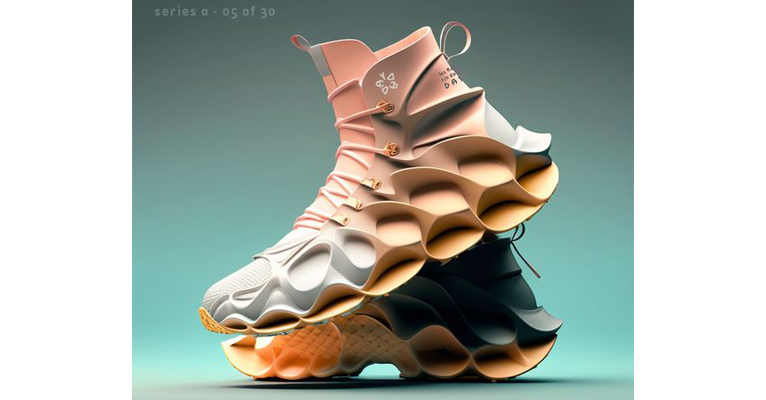Saat ini perdagangan internasional sedang menikmati kebijakan tarif rendah sebagai dampak dari sistem perdagangan bebas.…

Shoe AI Technology, “An Ally or An Enemy”?
Technological development artificial technology Or better known as AI, it significantly impacts various industrial sectors. Although not a new technology, AI has made great leaps and bounds in the 2010s until now. With the rapid development of neural networks and deep learning to implement image recognition technology, faces, autonomous cars, and various other applications.
The term AI was first introduced at the Dartmouth conference in 1956. With the ebb and flow of the AI research cycle, the AI development process is a continuous cycle involving research, model development, training, evaluation, and implementation. Collaboration between researchers, AI engineers, and data scientists at every stage is essential to produce more advanced AI technologies.
Including its impact on the footwear industry today. AI technology has significantly impacted various industries, including the footwear industry. In the future, AI technologies have the potential to change the way shoes are designed, manufactured, and sold and provide consumers with a more personalized and customized experience.
AI technology in the shoe industry can be considered as an ally (ally) which provides many benefits but can also be an enemy (enemy) if not properly managed. From these two perspectives, several interesting points can be drawn on how the footwear industry is addressing AI technology.
In perspective AllyInnovation and Design, packed with AI technology, can help shoe designers produce innovative and unique designs. With extensive data analysis and machine learning algorithms, AI can analyze consumer trends and preferences to create attractive and relevant procedures.
The need for personalization of services and products increasingly requires AI technology that enables higher personalization of shoes. By leveraging consumer data, AI can recommend shoes that fit individual preferences, sizes, and lifestyles. This provides a more customized and satisfying shopping experience for consumers.
The next benefit is production efficiency. With automation and robotics controlled by AI, the shoe production process can be increased efficiently. AI can help reduce errors, improve material usage, and speed production times.
Ai can also be used as a market analysis tool. AI can analyze market data, consumer behavior, and fashion trends to help shoe brands make better strategic decisions. This analysis helps develop products that are better suited to market needs.
Then, what is the perspective of AI in the context of threats? One of them is the replacement of human workers. Implementing AI in shoe production can replace human workers in several stages of production. This can lead to job losses and negative social impacts.
In the future, if technology development becomes more mature, there will be a dependence on technology: If a shoe brand relies too much on AI technology, it may lose the creativity and human aspects in the design and production process. Relying too much on AI technology can also lead to vulnerabilities in a system crash or failure.
Next is the privacy concern of technology users. The use of AI in shoe personalization requires the collection of detailed consumer data. If not properly regulated, this can lead to privacy concerns and unethical data use.
In conclusion, AI technology in the shoe industry can be an ally or foe, depending on how it is managed. With wise application, AI technology can provide significant benefits, such as innovation, personalization, and production efficiency. However, it is necessary to consider social impact, human creativity, and privacy protection in adopting AI technology in the shoe industry.
Sumber foto : https://id.pinterest.com/pin/193021534023474660/

Alfiyan Darojat


